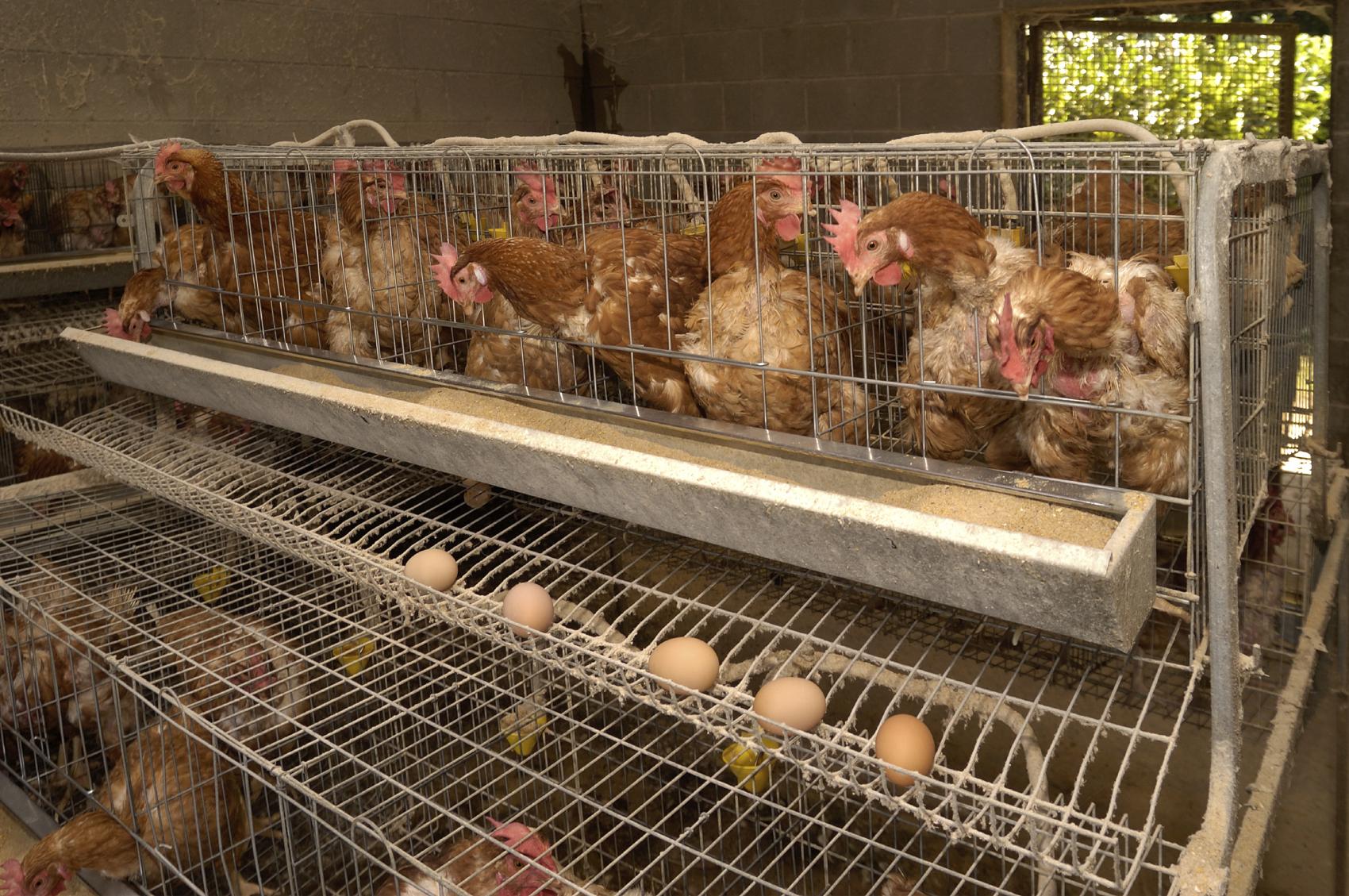How to Know if Eggs are Free Range


Though many love eating eggs, the question of how the hens that lay these are living arises. Whether you are concerned about the quality of the egg you are eating or the amount of freedom these hens have during their life, there are stipulated ways to know if eggs are free range or not. At OneHowTo we want to let you know how to tell the difference, so you can recognize them in the supermarket and once you have purchased them.
The meaning of free range
As you may know, there are several statuses that define the conditions in which hens live in when laying eggs. In the market we can find several types of egg according to their quality of life:
- Caged: Hens live in cages that have from 13 to 14 hens per square meter living in them
- Barn: These are also known as cage-free. There are 9 hens per square meter in these barns.
- Free-range: These hens are provided with an outdoor area they can move around in. However, there are also 8 to 9 hens per square meters.
- Organic: These hens are guaranteed quality food and farms have 6 hens per square meter in them.
As you may have noticed, these "labels" only apply to living conditions, and even though free-range hens do have an open space to live in, the quality of the soil of the amount of hens living in a farm is not guaranteed, neither is the quality of the food they eat, which can affect the nutrients that their eggs provide.

Numbers on the eggs
To know if eggs are free range, the EU and other countries have a labeling system that verifies the conditions in which the hens that have laid the eggs lived in, taking into account the considerations explained above.
Though the labels on the packaging may use words like "cage-free" or "green" these may well be pure marketing strategies, so open the box and check on the numbers marked on the egg. Focus on the first number, this will tell you what status it has:
- 3 for caged eggs
- 2 for barn eggs
- 1 for free range eggs
- 0 organic eggs

Color of the egg yolk
As we have been mentioning throughout this article, free-range eggs do not guarantee the space the hen has to lay its eggs. As you may know, stress on these animals can affect the quality of the eggs they lay, so if you want to know if the free-range eggs that you have bought have been raised in good conditions, the best way to do it is to notice the color of the yolk.
For healthy living hens, you should check for bright and orange yolks, while hens that have been raised with a poor quality of life will lay eggs with a pale and yellow tinted yolk.

Buy local
If you want to be one hundred per cent sure your eggs are free range and are living in optimal conditions, your best bet is to go to your local market and buy the eggs directly from a trusted local farmer, in this way you'll be able to see how the hens live with your own eyes and be completely sure they have a healthy and happy life.

To sum up
The term free-range is pretty ambiguous, so it's important to know what it actually means. Once you know this information you'll be able to decide what kind of eggs you purchase. Our advice is to always try to purchase organic eggs, as they are not only the only ones that guarantee the well-being of the animal, but also has higher quantities of vitamin A, omega-3, vitamin E and beta carotene.
If you want to read similar articles to How to Know if Eggs are Free Range, we recommend you visit our Food & drink category.









